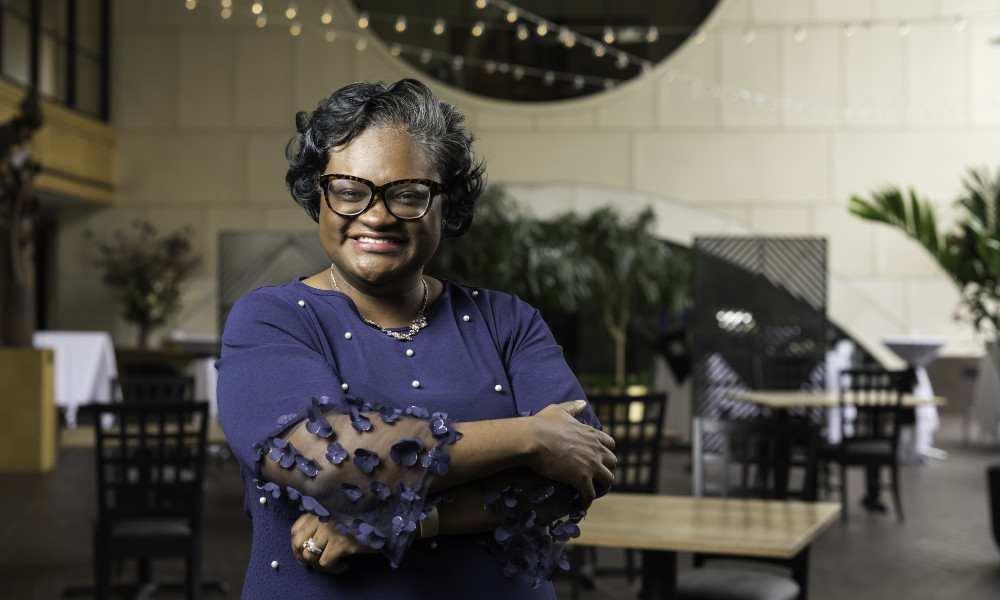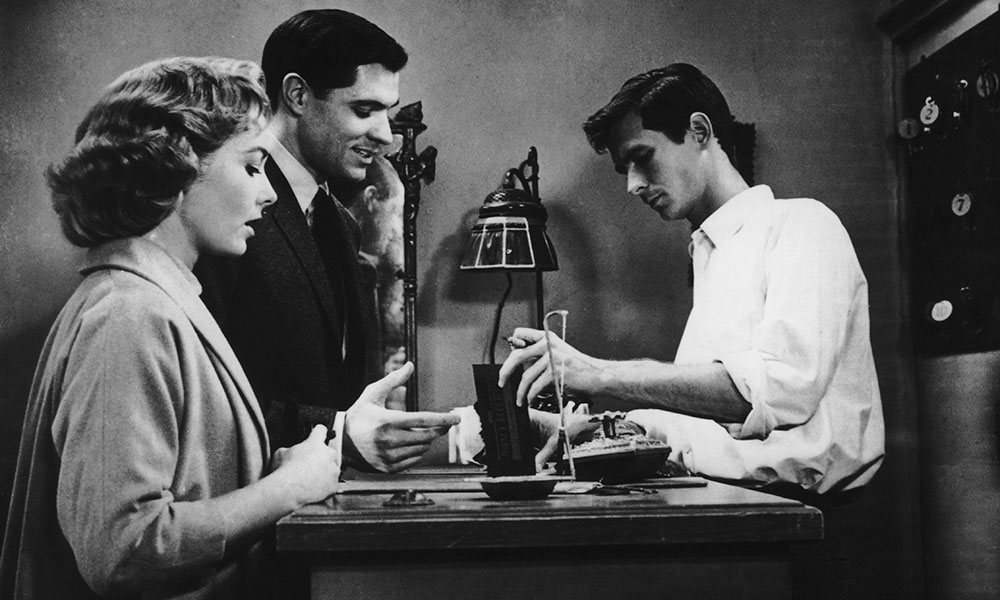When audiences spill out of Broadway theaters, singing snatches of songs from Hamilton and other popular shows, they’re hearkening back to the 18th century. The 1762 English comic opera Love in a Village introduced theater-goers to many conventions of modern musicals.
“It was a major step toward what we think of as musical theater: songs in an accessible language, some of which can be sung apart from the production by untrained singers, and a show that partakes of a vernacular musical tradition,” says Katherine Mannheimer, an associate professor of English who specializes in 18th-century British literature.
Love in a Village
Friday, October 12, 7 p.m.
Strong Auditorium
Open to the public
Tickets available online and at the door.
Wildly popular from the time of its premiere, Love in a Village is a comedy of manners, telling the story of Rosetta and Thomas, who fall in love when—both fleeing marriages planned by their fathers—they disguise themselves as servants. It was performed in cities around the globe until the mid-19th century, when audiences’ taste for the genre waned and Love in a Village fell off the cultural map. But the opera will be revived on October 12 in Rochester, for a historic first performance since the 18th century of the full production with its original score.
“It will be completely new for every single audience member—and as old as the hills,” says director Todd Gilman.
A collaboration between Irish playwright Isaac Bickerstaff and composer Thomas Arne—the most renowned English-born composer of the 18th century and the man who wrote the rousing melody for “Rule, Britannia,” though his name is rarely connected with it now—Love in a Village was second only to John Gay’s Beggar’s Opera as the most performed “mainpiece” on the London stage.
Comic opera was a kind of retort to high-culture operas, which were lavishly mounted, vocally athletic, expensive to attend, and devoted to stories of mythic heroes and royalty. “Comic opera, in contrast, was about everyday people in everyday situations,” says Mannheimer, and it mirrored themes that middle-class readers were exploring in novels, a genre that was emerging in the same period.
Like so many more familiar musicals, Love in a Village is a “comedy play, a happy ending, and every two minutes or so, there’s a song,” says Gilman. “Forty-two songs, from ballads to fully composed opera arias.” It was England’s first pastiche opera, melding music of different genres into one production. “Almost half the songs were adapted from earlier works by Arne for the fashionable pleasure gardens of Vauxhall and Ranelagh,” Gilman says. Arne wrote five original songs and included works by Italian composers and others. It was rumored at the time that King George III himself had contributed a song—if he did, it’s still unknown which song it is.
October is National Arts and Humanities Month
Celebrating creativity, cultural inquiry, and the contributions of the arts and humanities to life in the United States throughout its history.
The Department of Music, the Eastman School of Music, the Eastman Community Music School, the Humanities Center, the Institute for the Performing Arts, the Institute for Popular Music, International Theatre Program, Open Letter Books, the Memorial Art Gallery, and Sage Art Center are just some of the University’s homes for humanistic exploration and arts education, exhibition, and performance.
For information on some specific events this month, visit the University’s arts and entertainment events calendar, the Humanities Center events calendar, and the Eastman events calendar.
Now an English literature librarian at Yale and a leading authority on Arne, Gilman picked up the scent of the show in the 1990s, when he was a doctoral student at the University of Toronto, researching the development of English opera. Everywhere he looked, he saw references to Arne’s importance, but Arne has been forever overshadowed by baroque musical giant George Frideric Handel, who spent much of his life in England and presided over its musical scene.
When Handel died in 1759, Arne suddenly moved into the spotlight, commanding attention with the very popular comic-dramatic afterpiece Thomas and Sally (1760)—also a collaboration with Bickerstaff—and the opera Artaxerxes (1762). When it opened later that year, Love in a Village was the mainpiece performed onstage at Covent Garden—with Drury Lane, playhouses for the middle classes rather than Italian opera—for 40 nights, a record surpassed only by The Beggar’s Opera 35 years before.
Fires swept through London’s theaters in the 19th century, and most musical theater scores from the period haven’t survived. But composer Samuel Arnold, Arne’s contemporary, kept the original manuscript of Love in a Village in his personal library, and his collection eventually made its way to the Royal College of Music’s library. Gilman stumbled across a reference to the manuscript’s existence when he was doing dissertation research.
“It’s just not listed in the usual places,” he says. “It’s easy to miss.”
Gilman and friends quickly procured a copy, staging a stripped-down production in Toronto in 1993. Their student budget couldn’t take full advantage of the score they now had. The 1763 keyboard and vocal score that was widely used in the opera’s heyday gave no indication of the other instruments originally involved.
“It’s a very rich orchestral score,” Gilman says, with parts for two French horns, two bassoons, two flutes, two oboes, and a full complement of strings. “I decided that it would be my mission to get this right, if no one else did it.” And to Gilman’s amazement—especially after the publication in New Zealand of a scholarly, edited edition of the full score in 2011—no one ever did.
The Rochester performance—one of this year’s Humanities Projects—will be the first post-18th-century performance of the opera with its full score. “We’re trying to make it as historically informed as possible,” Mannheimer says. Stage sets will be painted flat surfaces, as they would have been in 18th-century productions; period instruments will provide the music; and between acts, the group Rochester Baroque Dancers will perform dances from the period.
The production is offered in connection with the annual meeting (October 11 to 14) of the Northeast American Society for Eighteenth-Century Studies, a regional interdisciplinary association for the study of the history, literature, arts, and culture of the period. Panels and discussions at the conference, to be held on the Rochester campus, will augment the performance.
In its day, Love in a Village was performed more often than Shakespeare’s tragedies and held the interest of audiences for longer than any of its comedy rivals from the period. “One of the things I’m interested to see is to try to gain a better understanding of why that would have been, what about it would have made it such a runaway hit—and to see whether those elements continue to appeal to us today or whether it’s a window into a different set of tastes,” says Mannheimer.



